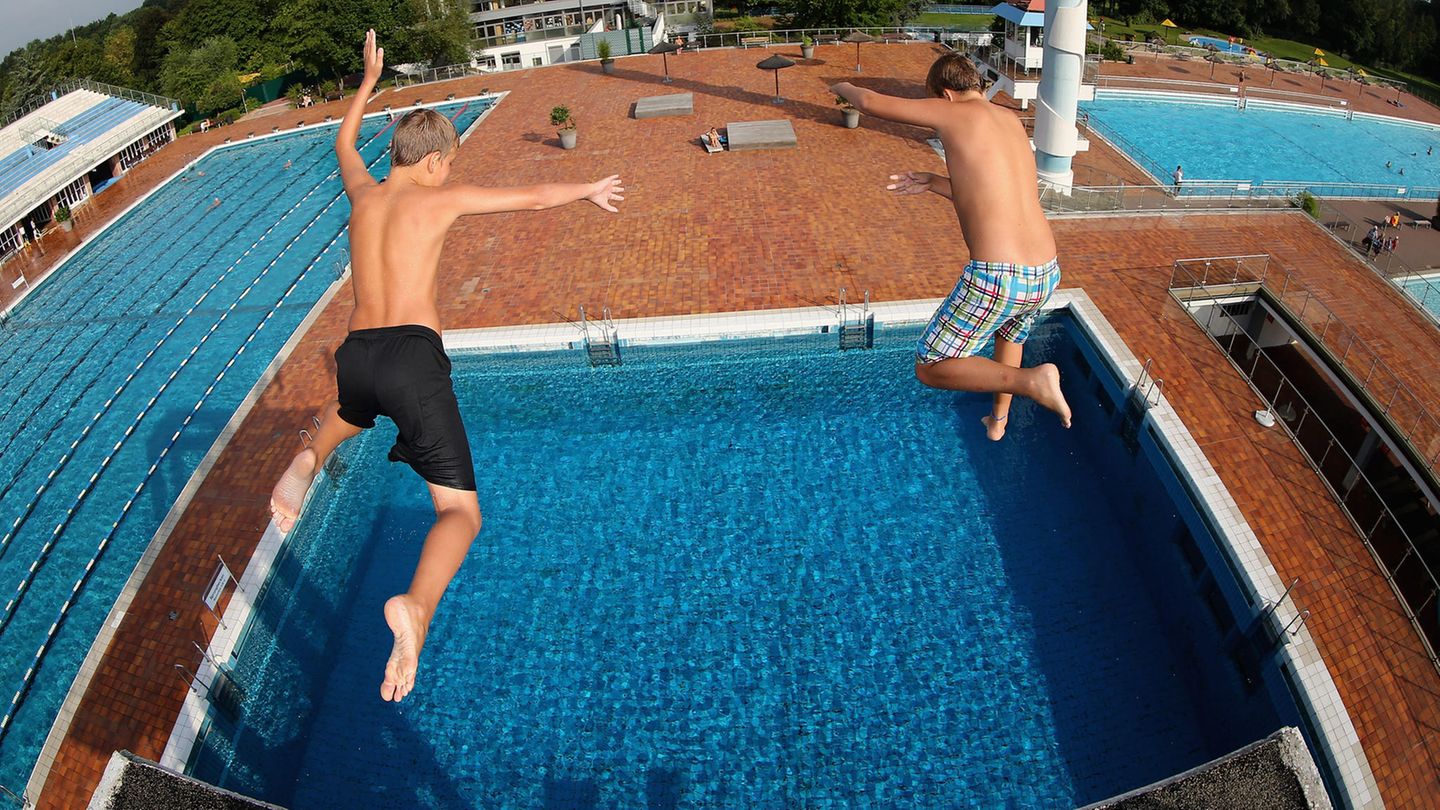I’m Caroline, a journalist and author for 24 Hours Worlds. I specialize in health-related news and stories, bringing real-world impact to readers across the globe. With my experience in journalism and writing in both print and online formats, I strive to provide reliable information that resonates with audiences from all walks of life.
Menu
Diving board: What makes jumping from the 10m high diving board so dangerous
Categories
Most Read
Children with a cold: How many infections are normal for little ones?
October 18, 2025
No Comments
Cell Phone Regret: She grabs me and shakes me
October 17, 2025
No Comments
New column “The Feeling of the Week”. This time: cell phone regret
October 17, 2025
No Comments
Time change 2025: Expert explains in video why we are turning the clock
October 17, 2025
No Comments
Patches for frown lines: These products have an anti-aging effect
October 17, 2025
No Comments
Latest Posts

Emmanuel Macron described the robbery at the Louvre as an attack against French heritage
October 19, 2025
No Comments
October 19, 2025 – 19:51 The museum confirmed the theft of pieces from its permanent collection and remains under strict custody while the investigation continues.

Formula 1: Perfect Texas ride for Verstappen: World Cup opportunity “is here”
October 19, 2025
No Comments
PierceI am Pierce Boyd, a driven and ambitious professional working in the news industry. I have been writing for 24 Hours Worlds for over five

Formula 1: Perfect Texas ride for Verstappen – World Cup leader weakens
October 19, 2025
No Comments
PierceI am Pierce Boyd, a driven and ambitious professional working in the news industry. I have been writing for 24 Hours Worlds for over five
24 Hours Worlds is a comprehensive source of instant world current affairs, offering up-to-the-minute coverage of breaking news and events from around the globe. With a team of experienced journalists and experts on hand 24/7.

